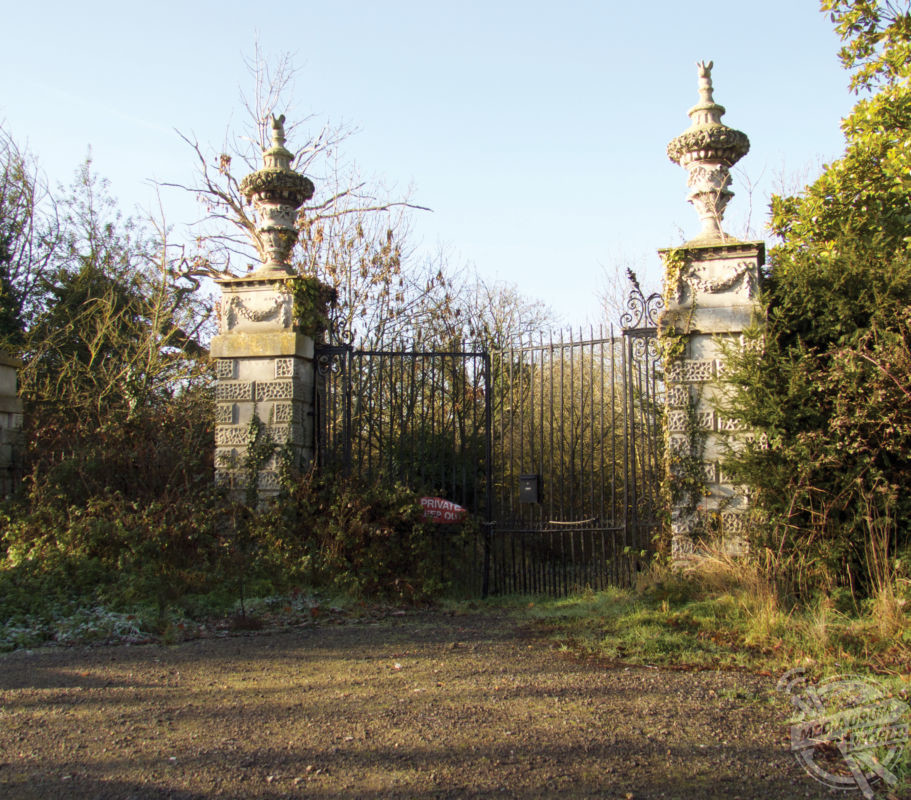
By Alex Jones
THE FASCINATING stories behind some of London’s most neglected buildings are revealed in a captivating new book.
The meeting place of World War Two Allied leaders where crucial plans to draw the conflict to a close were devised; the building which helped stop cholera-related deaths in the UK; and the original home of the icon of the United States’ independence, the Liberty Bell.
Do you pass any of these places on your commute to work?
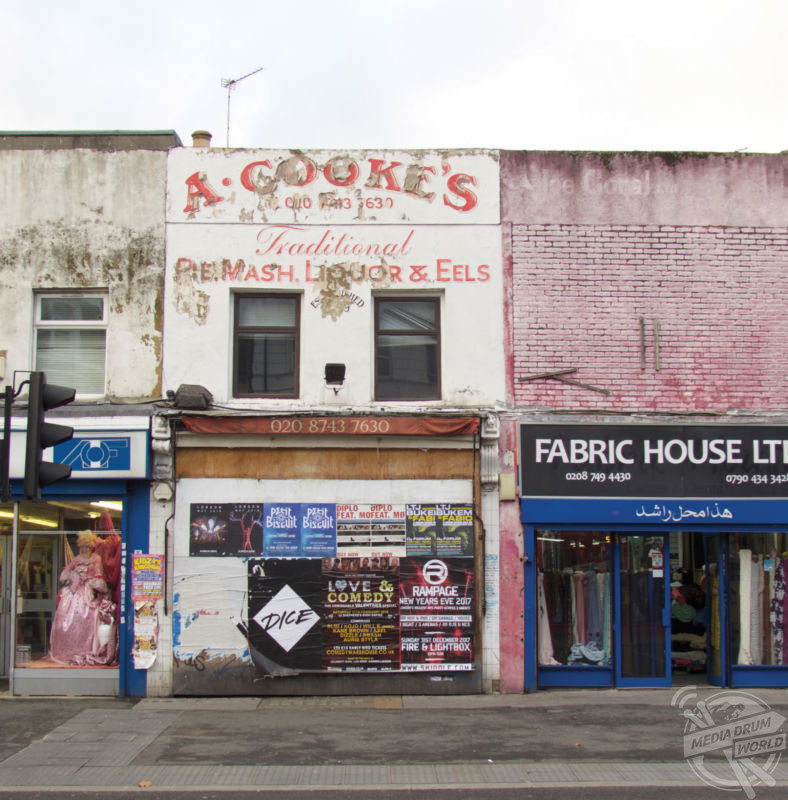
If you’ve ever spent any length of time in the UK capital, there’s every chance you’ve wandered past a site of immense historical significance and never given it a second glance – especially if that building happens to look particularly worse for wear.
Tour guide and historian Paul Talling is on a mission to educate us on London’s hidden secrets and fascinating tales secreted away in the crumbling remains of the city’s abandoned buildings.
Following on from the huge success of his first book Derelict London in 2008, Paul is now excited to release his latest book Derelict London: All New Edition this summer.
The ‘other’ side of London, the polar opposite of the gleaming skyscrapers and glitzy bars that spring to mind when we think of London, has been a source of fascination to Paul for a long time.
“Early one morning in 2003, while walking home from a nightclub, I witnessed the demolition of an old candle factory in Battersea,” he explained.
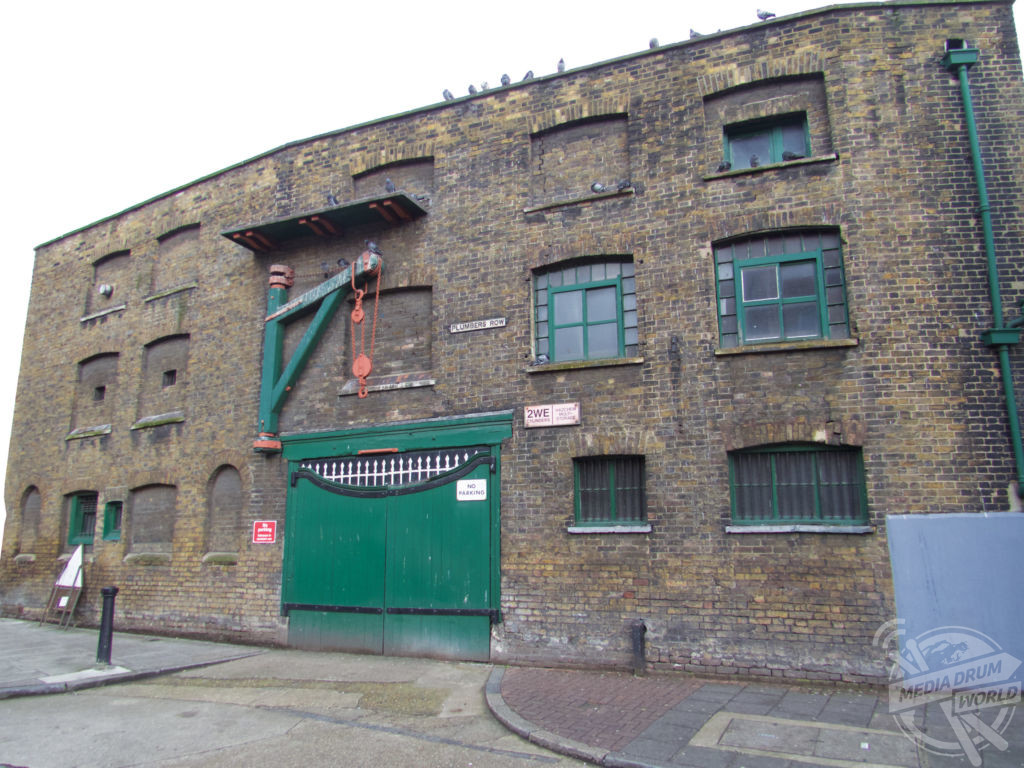
“Watching such a historic building being reduced to dust made me reflect on London’s industrial past – and seeing its subsequent rebirth as a block of flats raised questions about the future.
“Perhaps, I wondered, derelict buildings can offer a unique insight into how London is changing?
“Soon, my passing interest in derelict buildings developed into a full-blown obsession. I took to wandering the streets with a camera, documenting the abandoned spots I had never noticed before. And I set up a website, derelictlondon.com, where readers could write in with their memories of neglected buildings within (and sometimes just outside) the M25. It was an unexpected hit, and in 2008 I compiled some of the most popular destinations in a book – the first edition of Derelict London.
“Since then, London has changed beyond all recognition. Formerly run-down areas have reached the height of cool, whereas once-proud buildings have fallen victim to the wrecking ball.
“It is time for a book that brings the tale of derelict London up to date.”
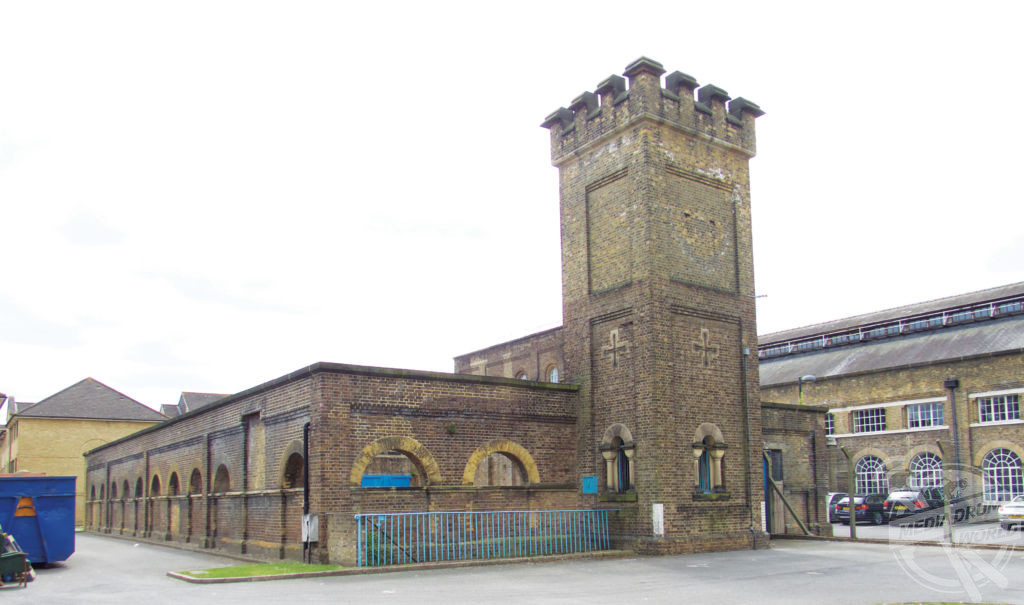
In his new book, Paul takes us on a journey through an oddly familiar land of long-forgotten tube stations, burnt-out mansions and gently decaying football stadiums and exposes the secrets that are all around us, should we only take the time to look.
“This new edition features buildings from the first edition that remain derelict – the poor old Georges Diner in Silvertown, and the neglected VIP Garage in Limehouse, for example,” added the author.
“It also tells the story of a number of buildings whose fortunes have been transformed since 2008 – although spoiler alert, they have been turned into luxury flats with depressing consistency.
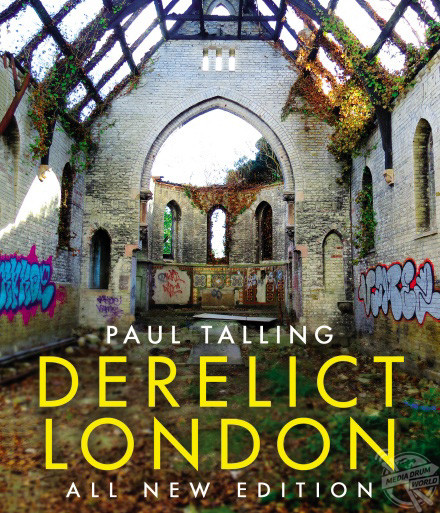
“Above all, it celebrates derelict buildings that have never been featured in print before: from a legendary pie and mash shop and celebrity haunt in Shepherd’s Bush, to a hunting lodge used by King Henry VIII.
“My hope is that each one of these buildings offers a glimpse into a side of London that has, for now, been lost to history. Together, their stories show that London’s derelict buildings deserve to be celebrated just as much as its new ones.”
Paul Talling’s Derelict London: All New Edition, published by Random House, is due for release on 11 July. Please preorder here.






